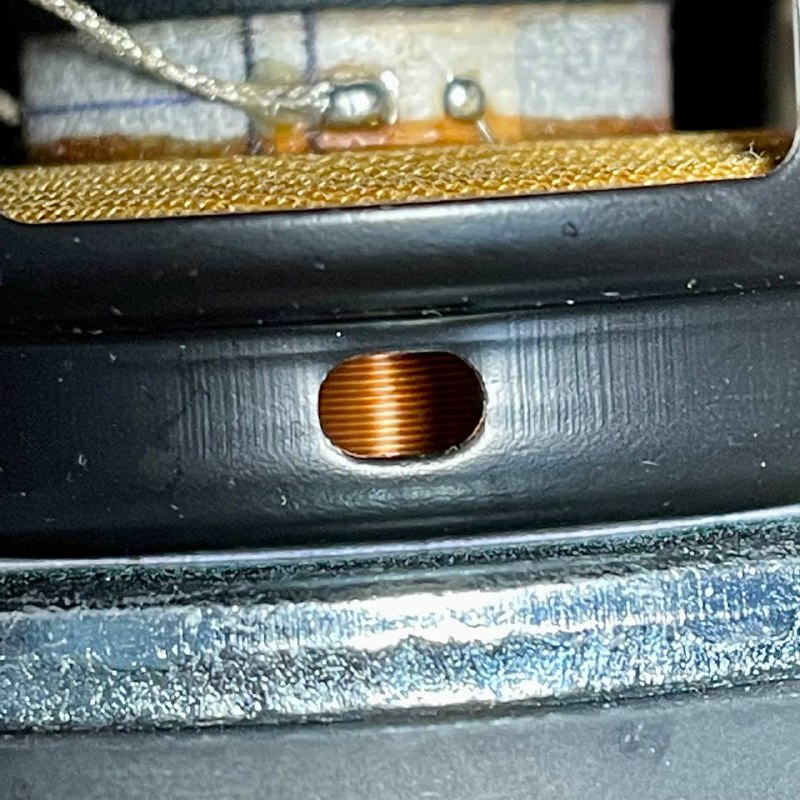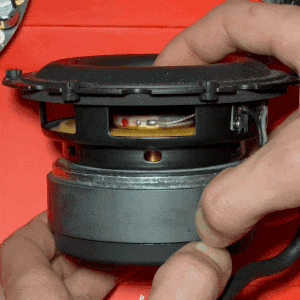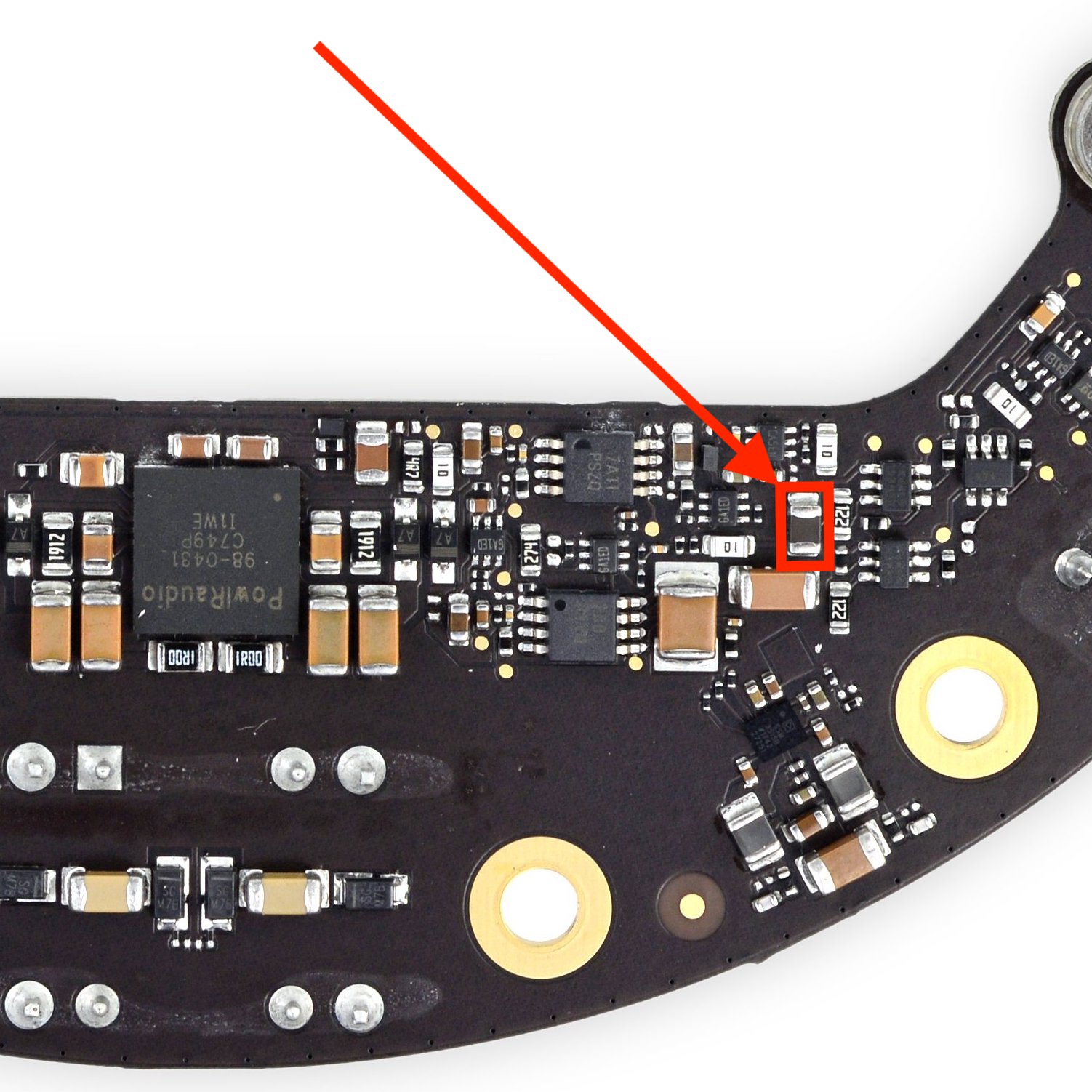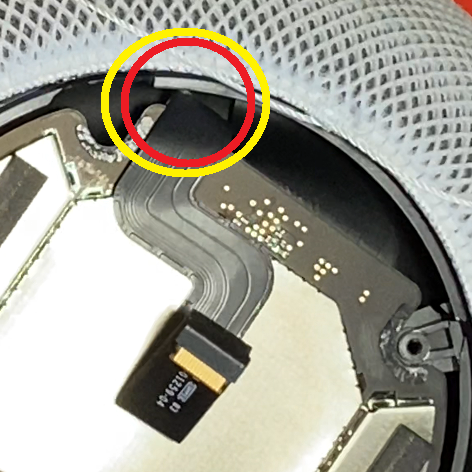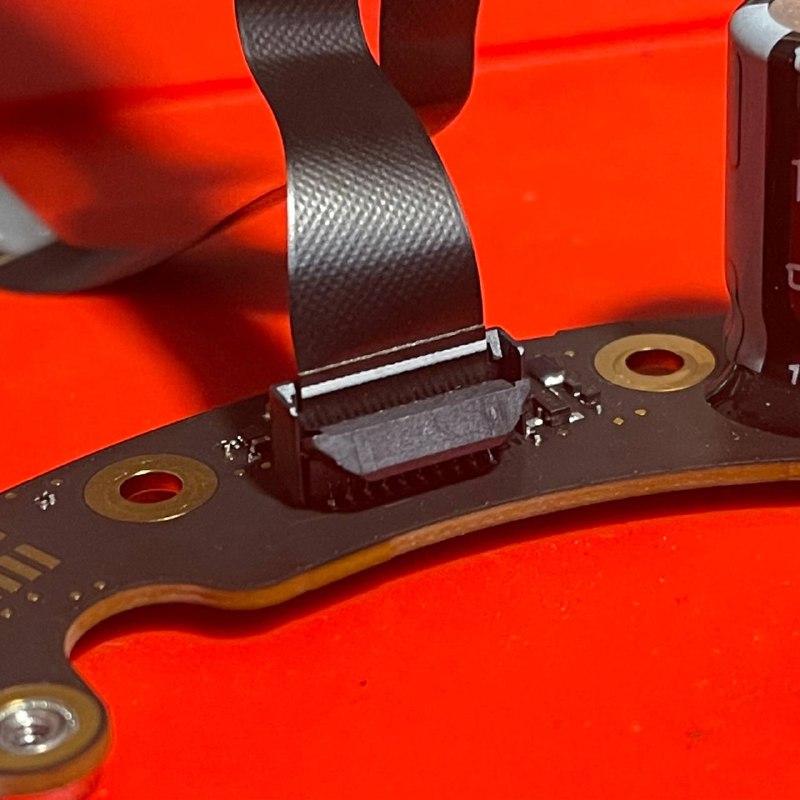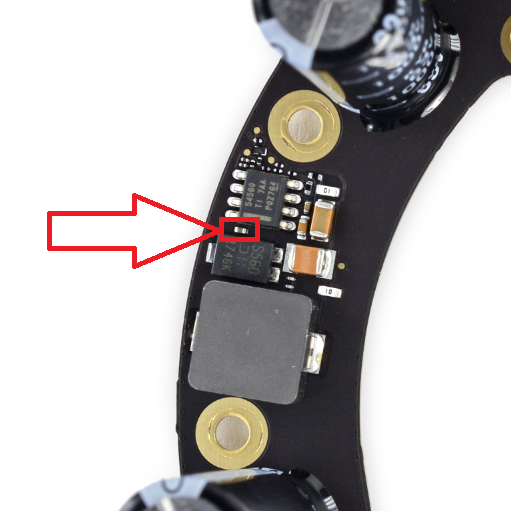I'm just a one man, work from home operation! Inspired by YouTube channels like Louis Rossman, Northridge Fix, Tronics Fix etc... I always wanted to run an electronics / repair shop. I've been a tinkerer and fixer for friends and family, but not much outside of that in any professional or formal manner. I did not want to fix the same stuff as everyone else though,
I wanted to find something to fix that no one has fixed before, letalone knew how to fix.
When Apple first announced the HomePod in 2017, I thought not much of it. Everyone else thought it was irrepairable. It wasn't until 2019 when my boss brought one into work and I had a chance to listen to it that I was instantly blown away. How could such sound come from such a small speaker, and from all directions? I had to have one.
I picked up one at a discount from Best Buy for an early birthday present to myself. I started re-listening to all of my favorite music in a way I never heard before. Sure, there are bigger, better (more expensive) systems out there, but this is quite the value for the experience you get.
Then I thought to myself, I must get another one to try "Stereo Pair," but my budget said "maybe later." That is, until a few weeks after my first HomePod purchase, another one showed up at my door! Best Buy somehow did not register that I had already picked it up and shipped one to me.
You thought one HomePod was good? Two was even more amazing! What did Apple cook up here? I must have more of them! But how?
Already addicted to multi-room wireless audio, via a dozen Airport Express v2s and Apple HiFis / other random speakers throughout the house, I was practically foaming at the mouth to modernize my listening experience, but apprehensive to spend a bunch of money on a bunch of HomePods, if they are going to break with no known way to fix them.
What if
I try to buy some broken ones and figure it out? That would be a cheap way to get myself a lot more of them! Has anyone else worked on these, found any issues, found any fixes?
Turns out, there was someone on
YouTube that had been sent a HomePod in with no power. It looked like an arduous process, but they eventually diagnosed the issue and brought it back to life. So I hopped on eBay and bought myself a few pods in repair condition to try it out myself.
My first attempt was not pretty. It took me at least an hour to get the plastic top off. Then another hour to finally get the amp board out where the same diode was. Following ERS's video, I was elated to find the same diode was shorted! I was able to replace it, and was shocked to find it come right to life!
I started looking around for more broken ones to buy and fix for myself, and noticed a trend... A lot of broken HomePods out there, with more issues, no known fixes, and no one offering a repair service! Maybe I could solve some of these issues, and share the information for others?
Outmenick is another notable name. They documented a graceful way to open HomePods, and were on the right track towards diagnosing "Death Farts", another common issue that kills the amp and bass speaker. Everyone's conclusion however, was that this was an irreparable issue due to an irreplaceable part failing. I was skeptical, and frankly a bit motivated to prove someone wrong.
I decided to purchase more broken HomePods, specifically with these Death Farts, to definitively diagnose the issue. I broke a LOT of HomePods trying to figure this out. It got to the point where I was swapping every single component between a known good amp and known bad amp to try affecting the symptoms. I have an amp I was removing every component from to reverse engineer and create a schematic. I was taking measurements and posting all over electronics repair forums. Trial, error, trial, error, over and over again. I almost gave up. Then, I had my big break.
We knew Death Farts were caused by "DC Offset" or unwanted DC voltage getting through the amp and into the bass speaker, easily confirmed with a multimeter connected to the subwoofer. After a lot of googling, I came across
this article talking about DC Offset. What stuck out to me was "DC offset gets worse with heat." I have an idea! What if I just point my heat gun at the amp and move it around until I find which area causes the biggest reaction in DC Offset?
Sure enough, as soon as I pointed the heat gun at those now infamous filters, the DC offset immediately spiked and the HomePod Death Farted! I found the culprit, but what do I replace it with? I can measure the DC voltage they see during operation, pull them off a good amp and measure the capacitance, and use common sense for their tolerance and rating.
We know the amp chip is a PowlRaudio 98-0431, part of the 43XX family of integrated amp chips. After some googling, I found that PowlRaudio sells an open sourced evaluation board that uses the same amp chip, and the datasheet / schematics confirmed that they were rated X7R at 10% tolerance. Bingo.
With most common issues figured out, and a good way to repair them, all that was left was to make a name for myself. How was I going to get people to trust me to send their $300+ speaker, let alone pay me for a repair?
Browsing forums where people were complaining about their broken HomePod, I was offering free repairs for people if all they did was cover shipping. I would do a private stream or upload to YouTube, until I felt confident enough to do public livestreams for every repair that came in. Then I launched my website, and officially offered a unique mail-in repair service for HomePods!
Fast forward to today, and thousands of HomePods have now passed through here for successful repairs, with an order of magnitude more fixed from documenting our findings!












